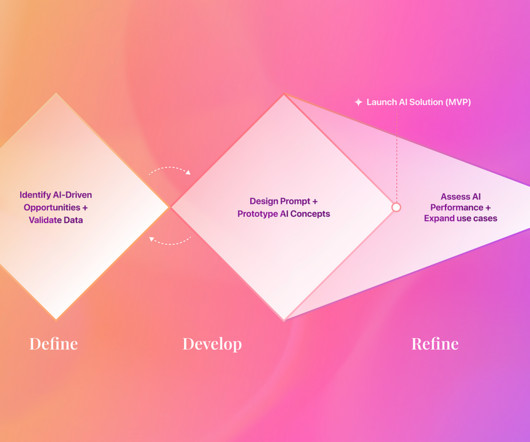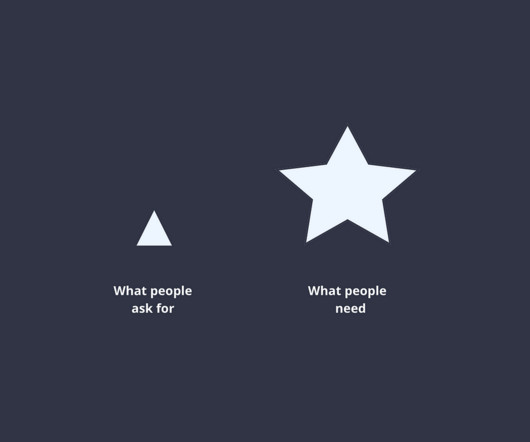Gen-AI design process: Rethinking the traditional approach for next-Gen UX
UX Planet
MARCH 2, 2024
The Double Diamond model, popularized by the British Design Council in 2005, originates from a markedly different era in our history — when design thinking and digital paradigms were just beginning. This approach involves examining what current technology enables and figuring out how it can be utilized to achieve user outcomes.















Let's personalize your content